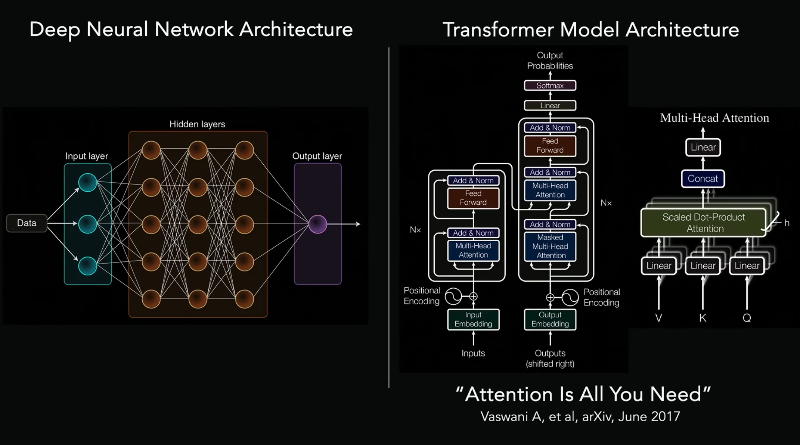Credit: Pixabay/CC0 Public Domain
Amblyopia, commonly referred to as "lazy eye, " is the leading cause of vision loss in one eye in children, affecting around 2% of the population. Treatment success varies based on sociodemographic factors, with previous studies showing that Black children and those with Medicaid insurance are at higher risk for unsuccessful treatment.
A study in Ireland found that children from economically disadvantaged backgrounds were more likely to have persistent amblyopia compared to those from wealthier families. These differences may be due to factors like age at diagnosis, treatment compliance, and access to pediatric eye care.
To better understand these disparities, a retrospective study now published in Ophthalmology was conducted by Melinda Chang, MD, and colleagues, over a 10-year period (January 1, 2012, to June 1, 2022) to identify clinical and sociodemographic factors that influence amblyopia treatment outcomes.
Co-led by Drs. Kate Matsunaga and Archeta Rajagopalan (USC medical students), data on sociodemographic and clinical factors, such as age at diagnosis, race, insurance type, and visual acuity, were extracted and analyzed to identify factors associated with outcome (resolved amblyopia or persistent amblyopia).
Of the 168 patients included in the study, 78% experienced resolution of amblyopia. Younger age at diagnosis, higher income, better treatment compliance, living in higher-resourced neighborhoods, and English as the primary language were factors associated with better outcomes.
There was no impact of race, ethnicity, sex, neurodevelopmental disorder diagnosis, or presenting stereoacuity on rates of amblyopia resolution. On multivariate analysis, only younger age at diagnosis remained significantly associated with amblyopia outcomes.
The findings suggest that enhancing access to early vision screening and pediatric eye care could significantly improve amblyopia outcomes and promote equity. Future research should focus on public policy initiatives that reduce disparities in access to pediatric eye care, which could positively affect not only visual health, but also potentially broader psychosocial development and function.
More information: Kate Matsunaga et al, Disparities in Amblyopia Treatment Outcomes, Ophthalmology (2025). DOI: 10.1016/j.ophtha.2024.09.021 Journal information: Ophthalmology





Post comments